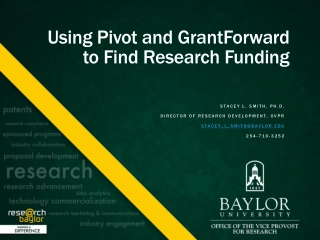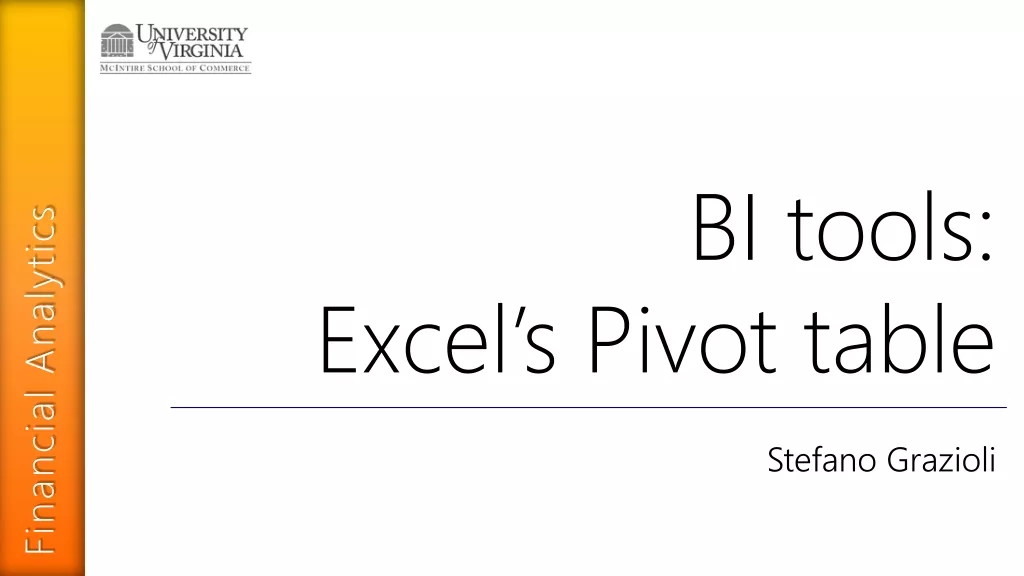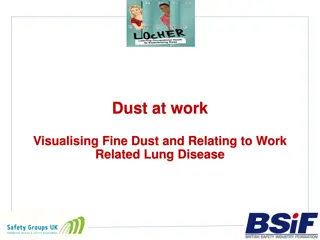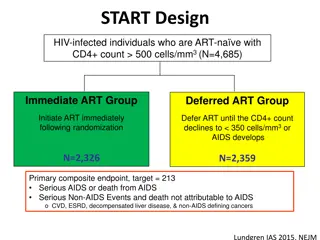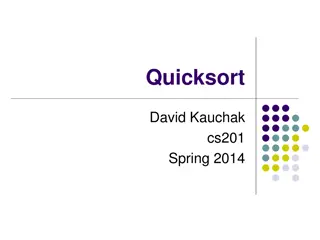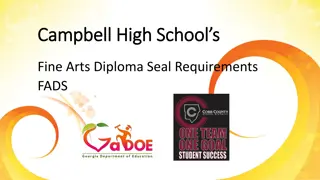Mastering the Fine Art of the Pivot
The importance of failure in innovation, rule-breaking research, and working through failures to pivot towards success. Strategies for overcoming setbacks and leveraging mistakes. Real-life case studies highlighting the power of pivoting after failure.
Download Presentation

Please find below an Image/Link to download the presentation.
The content on the website is provided AS IS for your information and personal use only. It may not be sold, licensed, or shared on other websites without obtaining consent from the author.If you encounter any issues during the download, it is possible that the publisher has removed the file from their server.
You are allowed to download the files provided on this website for personal or commercial use, subject to the condition that they are used lawfully. All files are the property of their respective owners.
The content on the website is provided AS IS for your information and personal use only. It may not be sold, licensed, or shared on other websites without obtaining consent from the author.
E N D
Presentation Transcript
Mastering the Fine Art of the Pivot Todd Austin, University of Michigan
Perspectives on Failure If you're not failing every now and again, it's a sign you're not doing anything very innovative. 2
Rule-Breaking Research A rule-breaking approach to research is effective and engaging Find a venerable rule and break it however possible E.g., DIVA designs must be bug-free to launch E.g., CDI programs need indirect jumps to implement calls/returns/dll s The rules create artificial barriers that hide good ideas You will often find yourself on very fertile ground You will more fully engage your community One half will think your crazy idea will never work One half will be intrigued (with your crazy idea) A rule-breaking approach is more prone to failure Often the outcome of the work is a deeper understanding of why the rule you broke should never be broken Even when the research is successful, it can be very difficult to publish 3
Working Through Failures Step #1: the failure Essentially, the hypothesis that you have been working toward is incorrect Step #2: the enlightenment Assess why your hypothesis is incorrect Step #3: the pivot Piv ot / piv t/ - turn on or as if on a swivel Explore how you can use this new understanding to reach your goal Or, reach a new goal with this new understanding 4
The Downside of Failure Let s face it, failure really sucks Try to stay focused on the bigger picture and eventual possible payoffs Be resilient, and be ready to pivot Most of my top-cited papers are in MICRO, rejected out of ISCA It is more difficult to publish negative results Not true for all research communities, e.g., life sciences WDDD and NOPE are welcome additions to computer architecture There is a fundamental tension between high-risk failure- prone research and PhD students PhD students need to make steady progress toward a PhD degree Often, I will skunk work my new ideas with undergraduate students 5
Case #1: Discovering Runahead The failure: Attempting to show that simulators that don t model mispeculation are overestimating performance These simulators underestimate performance The enlightenment: Executing the mispeculation path (runahead) provides significant performance advantages as it warms up the caches The pivot: Years later, using this same idea to develop the DIVA runtime checker, which uses runahead ideas to keep the checker processor very simple 6
Case #2: Cache-Conscious Data Placement The failure: Attempting to improve D-cache performance by reordering data in memory for better spatial/temporal locality Extremely difficult for the compiler to improve upon natural data layout The enlightenment: Programmers co-place logically related data, leading to significant spatial/temporal locality Randomly ordered data reduces cache performance by 20-30% The pivot: Reimagine the placement algorithm to only make highly reliable placement improvements over natural layout Eventually leading to a 24% improvement in cache performance, and my first ASPLOS paper! 7
Additional Advise for Graduate Student Getting papers published Important tip: assume your paper will never be read Corollary: write your paper so that the i) abstract, ii) intro, iii) figures and well-detailed captions, and iv) conclusion transmit the key ideas Approach meshes well with the highly demanding review process Getting the word out is critical to an idea s success Be an evangelist for your project Name your project so the community can talk about it 8
Questions or Comments? ? ? ? ? ? ? ? ? ? ? ? ?
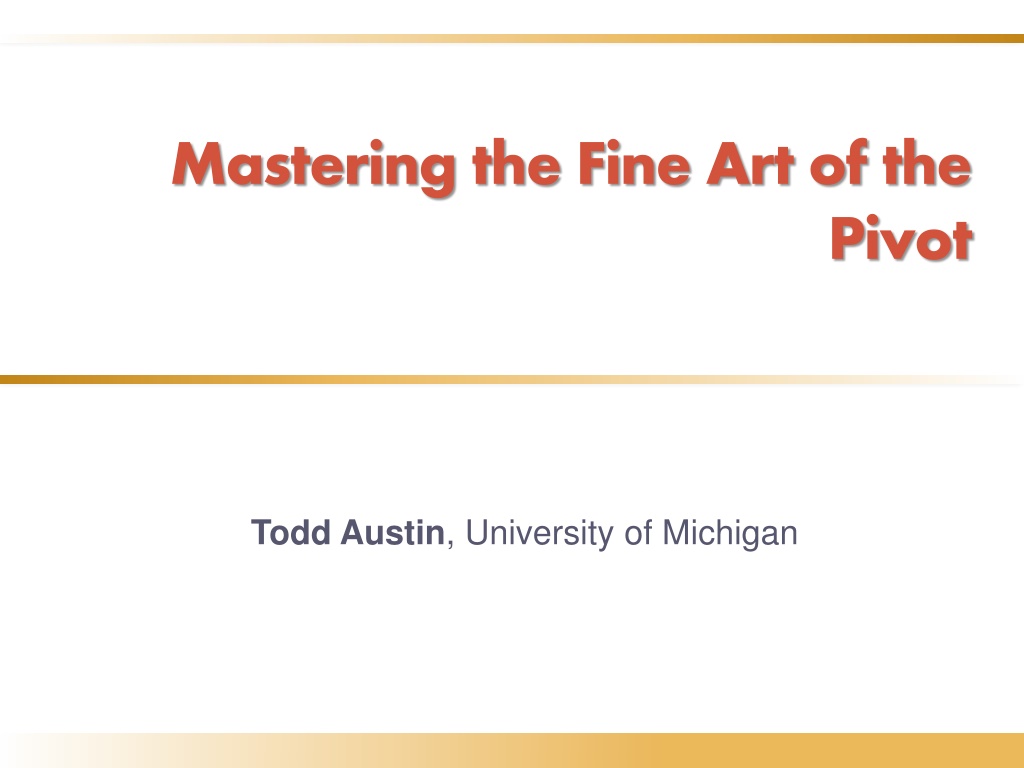
 undefined
undefined



